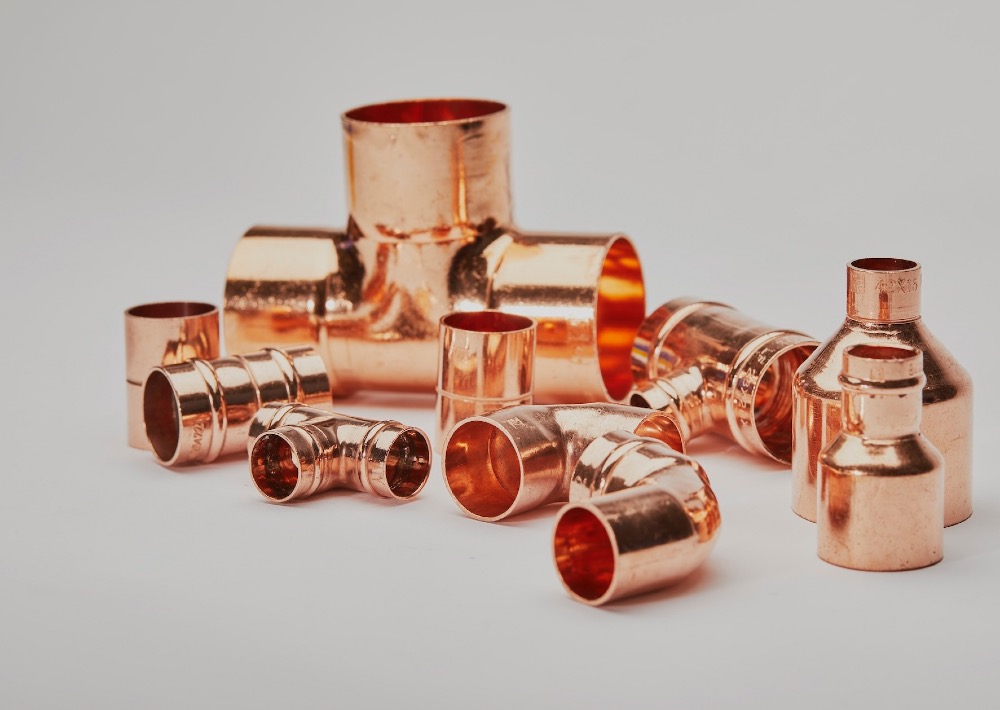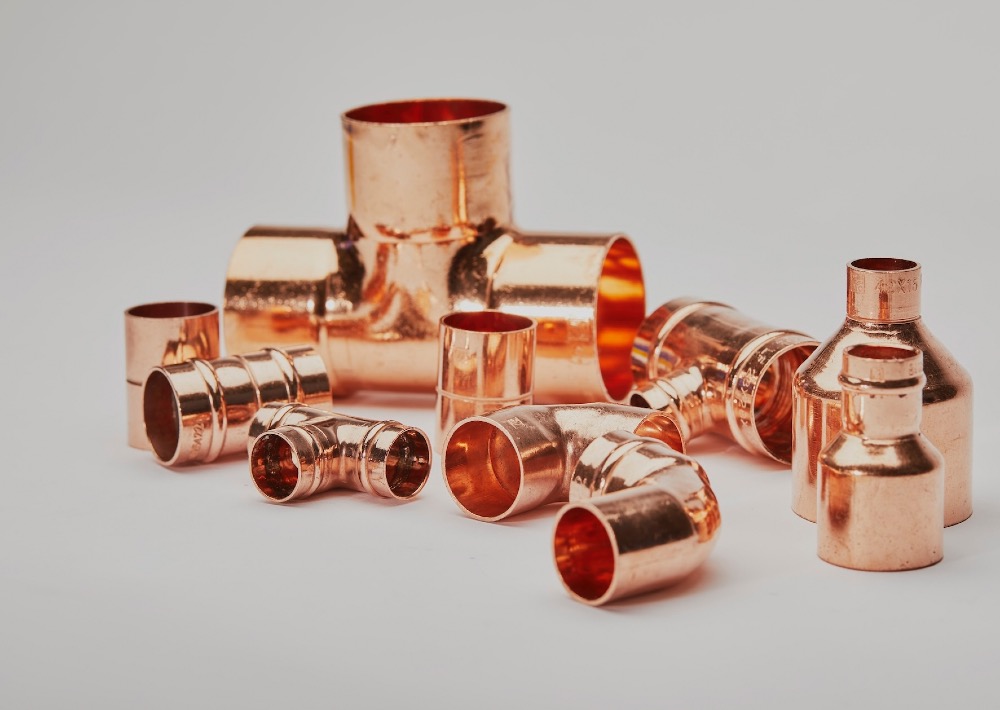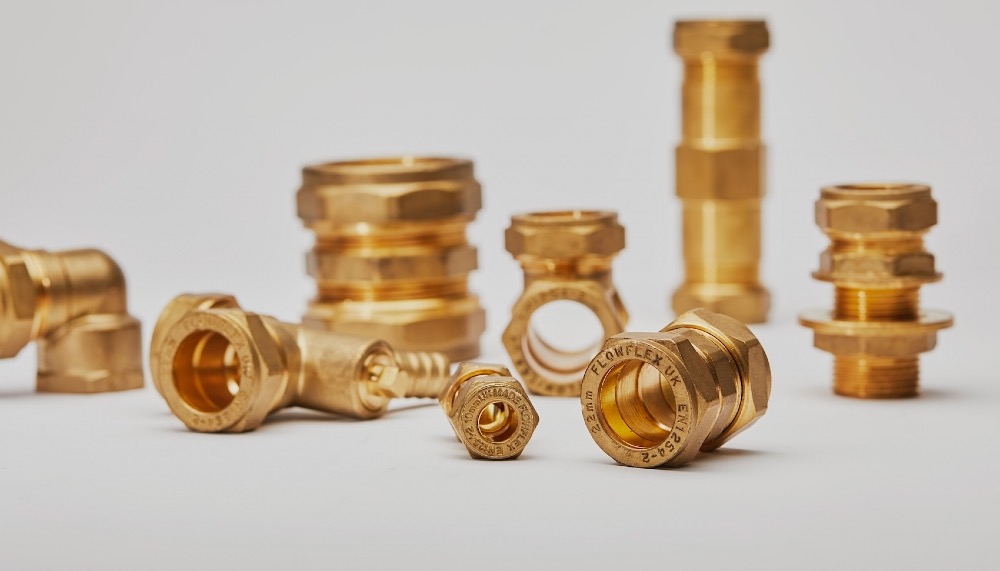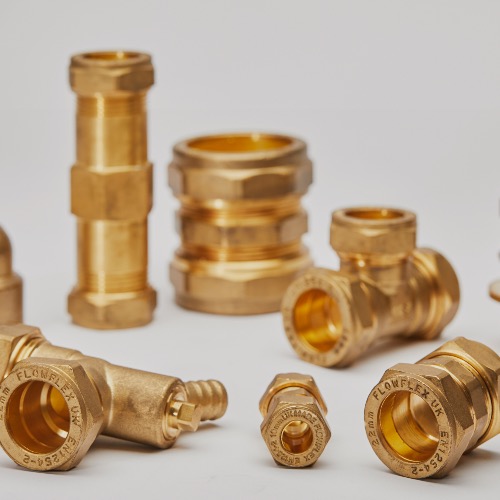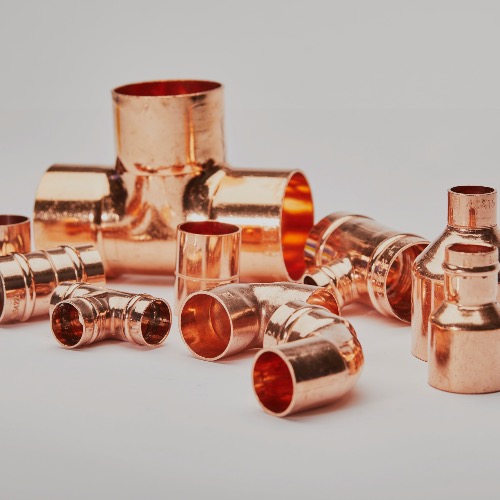When it comes to plumbing systems, the choice of materials for fittings is crucial. Making the right choice of fittings will not only ensure a secure and connection but also contribute to the overall efficiency and longevity of the system.
Two of the most popular materials for plumbing fittings are copper and brass. Both are known for their durability, corrosion resistance, and versatility, making them suitable for a wide range of applications. However, each material has its own unique properties, advantages and limitations. The choice between the two depends on the specific requirements of your project.
In this article, we will compare copper and brass fittings, discuss their pros and cons, and advise on the factors to consider when choosing between the two materials. Let's dive in and explore the options for your plumbing needs.
Comparing Copper and Brass Fittings
Copper and brass are both very popular materials for plumbing fittings, but they have distinct characteristics that make them more suitable for certain applications than others.
Copper Fittings
Copper, a natural metal, is renowned for its exceptional thermal and electrical conductivity. Its inherent resistance to corrosion and ability to naturally safeguard water from contaminants contribute to its popularity as a plumbing fitting.
However, the complexity of manufacturing with copper holds it back. As a consequence, you will typically only encounter straightforward shapes of copper fittings. These will be basic components like elbows, tees, and couplings. Anything more complicated, for example threaded fittings, especially in larger quantities, pose challenges in copper manufacturing.
Overall, copper fittings are used for water supply, heating systems, and gas lines. Available in a large range of shapes and sizes, copper fittings are recognised for their durability and dependability. This results in them being a highly reliable and usually the go-to choice for applications involving higher pressures.
Brass Fittings
Brass is an alloy made from copper and zinc. It has a yellowish colour and is known for its strength, durability, and resistance to corrosion.
Unlike copper fittings, brass has the advantage of rapid, cost-effective, and scalable manufacturing. Its malleability allows for the production of intricate shapes, making it the preferred choice for making complex components like Adaptor Fittings and Valve bodies. This ability to be moulded into complex designs contributes to brass being more widely available in the market and therefore a go-to material for a wide range of applications.
Like copper fittings, they are often used for water supply, heating and gas lines. They are also available in a wide range of sizes and shapes and are suitable for various applications, including both residential and commercial plumbing systems.
When to Use Copper and When to Use Brass Fittings
Copper Fittings
Copper fittings will come in the following forms:
Capillary Fittings: Technical, but reliable. Ideal for high-pressure applications.
Copper Push Fit Fittings: Easy to install and ideal for domestic applications.
Copper Press Fittings: Easy and quick to install. Ideal for commercial and domestic applications alike.
Brass Fittings
Brass fittings will come in two forms:
Compression Fittings: Easy to install and remove, making them a popular choice for commercial and DIY projects alike or jobs that require frequent maintenance.
Adaptor Fittings: Typically used to connect between different systems, or other plumbing components such as Valves or Pumps.
Pipe Compatibility
When choosing between Copper and Brass fittings for your plumbing system, it's essential to consider how the chosen material interacts with other components in the system. The pipe is arguably the most important aspect to consider, and both copper and brass fittings have specific compatibility considerations that you should be aware of.
Copper Fittings
As they share the same material properties, copper fittings are generally used with copper pipes. However, when connecting copper fittings to other materials, certain precautions should be taken:
Copper Fittings and Copper Pipe: Copper fittings and Copper Pipe is a match made in heaven. Made from the same material, you bind them using solder creating very strong joints.
Copper Fittings and Plastic Pipe: Copper fittings can be used with plastic pipes, but it's essential to use the appropriate connectors. Typically, it is only push-fit that is chosen for this application.
Copper Fittings and Steel Pipe: If trying to connect copper fittings to steel pipes, think again, as this will cause galvanic corrosion. You could use a dielectric union to get around this. Most people prefer to use Brass Fittings.
Brass Fittings
Brass fittings are more versatile than copper fittings, and compatible with a wide range of materials. Considering that Brass Fittings are generally Brass Compression Fittings:
Brass Fittings and Copper Pipe: As mentioned earlier, brass fittings are ideally suited to directly connect to copper pipes and are widely used for this application.
Brass Fittings and Plastic Pipe: Brass fittings can also be used with plastic pipes, provided that the appropriate connectors are used. Typically you will need an insert to sit inside the pipe in order to support the Olive when biting on the pipe.
Brass Fittings and Steel Pipe: Brass fittings can be connected to steel pipes without the risk of galvanic corrosion, as brass acts as a natural insulator between the two metals.
Environmental Considerations
Both copper and brass fittings are great for the environment because they can be recycled easily. When making both copper and brass fittings, a large amount of recycled material is used. So, don't forget to recycle your fittings once you're done with them! This way, you're helping reduce waste and giving these materials another life.
Wrapping Up
In conclusion, both copper and brass fittings have their own unique advantages and are suitable for different applications. Of course, the choice between the two materials will depend entirely on the specific requirements of your project. However, having read this blog post, you are now uniquely positioned to make an informed decision that suits the needs of your job.
Take the Next Step
Check out our wide range of copper pipe fittings to find just what you need. Whether you're after Compression Fittings, End Feed Fittings, or Solder Ring Fittings, we've got you covered. Plus, enjoy fast and free shipping! Click the links below to grab your fittings now:
Any more questions?
If you have any queries or questions about the products we sell, or even your next project, give us a shout! We'll try our best to give you a hand.

